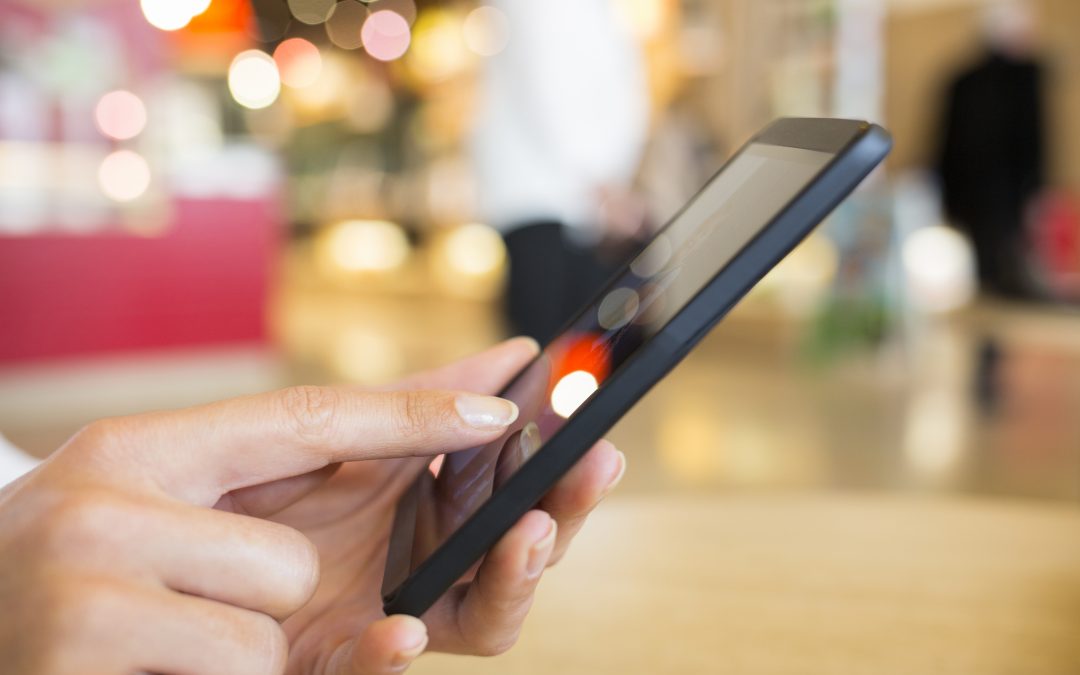Are you reading this on a computer? Like at a desk? How retro.
To measure the impact of just how ubiquitous mobile content is, let’s start this off with a thought experiment.
You ready?
OK, think of how a doctor’s office waiting room looked in 2007. What was everyone doing? Were they staring at the walls? Reading magazines that were older than they were? Silently reading the room trying to guess everyone else’s ailments and infirmities?
Can you even remember what the world was like back before boredom was eradicated?
Because if you picture a doctor’s office waiting room now, you’ll notice that everyone is looking down at their phones. We’re not here to judge whether this is a good or bad thing, but merely to point out that the smartphone has become our go-to entertainment for those moments in life where the only alternative is back copies of National Geographic.
And obviously, it goes way beyond that. One study presents the mind-blowing statistic that consumers now look at their smartphones a whopping five hours a day. That’s tied with television (although we wonder how much time is spent doing both, as anecdotally we notice a lot of people turning the TV on just to have background noise while they look at their phone).
So what’s the point? The point is, the people you’re trying to reach are glued to this screen and by gum it’s about time you started reaching them there.
Search on the Fly, Ready to Buy
The thing about this technology moving so fast is that sometimes things like conversion rates can be a little tricky to quantify.
One source might tell you that mobile consumers are the classic “search on the fly, ready to buy” type, meaning they’re hopping on the phone specifically to get information on products and services you offer.
All you need to do is put yourself in front of them, right there on the phone, with an easy one-click call or better yet a slick mobile-optimized site, and they easily become your next customer without them ever looking up.
As Ian Bowen-Morris, CMO of Telnames put it, “A simple mobile-ready contact business profile, complete with click-to-call and click-to-email links, is all today’s businesses need to capture the huge number of prospects searching online using a mobile device.”
However, as we mentioned it can be tricky to quantify. One analyst compared conversion rates among smartphones, tablets and desktops and found that conversion rates for traditional searches (e.g. on a desktop computer, or to be real: shopping while you’re supposed to be working) run 10.14 percent. For smartphones, they found that rate to be 5.06 percent.
However, the devil is in the details. Remember those five hours we mentioned earlier? A 5 percent conversion rate of the primary means by which people search for your company is pretty good, compared to 10 percent on a desktop computer during whatever time customers have when their boss isn’t looking.
Small Investment, Big Return
And not to harp on that five hours, but let’s take a look at that one more time and take a deep dive into what that means for your marketing dollar.
A study by Lyfe Marketing gives us some insights into cost per thousand impressions across a variety of platforms from direct mail to billboards. Here, however, we’re only concerned with two: television and social media.
According to this study, the CPM of broadcast TV marketing was $28, versus a miniscule $2.50 for social media advertising. Think about the vast difference between those two numbers.
Now think of how they both buy you an audience that spends five hours a day on their respective media, yet only one gives that audience a quick and easy way to convert from a passive marketing consumer to active customer.
You’re basically paying a tenth of the price for an equal audience, but you’re doing so in a way that gives you an easy pathway to conversion.
It’s Not Going Away Soon
Looking back to that doctor’s office of 2007, we can only imagine how marketers of the future will view how we interact with our mobile devices now.
The fact is, every trend points to that five hours of mobile time going up and up over the coming years. And as new technologies emerge, making it even easier to give your marketing message a killer call to action, conversion rate will only go up.
So if you haven’t developed a cohesive mobile marketing strategy yet, there’s no time like the present.
Want help delivering mobile marketing that creates customers? Give us a call, or fill out our contact form.
Like what you read? Looking for additional tips and tricks to help your small or medium-sized business succeed? Check out more of our blog posts here.

